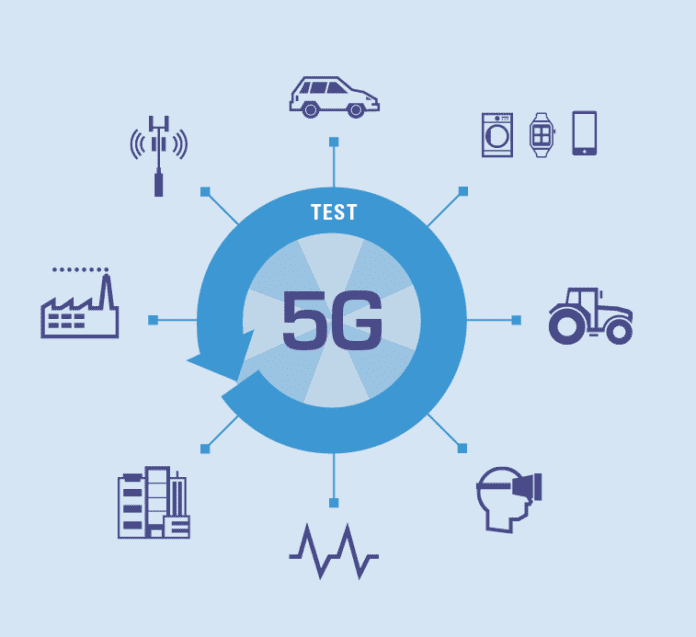5G has three primary use cases associated with it—enhanced mobile broadband, massive internet of things connectivity and ultra-reliable, low-latency communications for mission critical services. In the U.S. carriers are racing to commercialize fixed wireless 5G to deliver consumer home broadband services and evolve from there to mobile services. Both Verizon and AT&T plan commercial launches in multiple cities this year. This decided focus on consumer services stands in contrast to the view on 5G elsewhere in the world where industry leaders are looking toward industrial enablement as a key revenue source.
In an interview with RCR Wireless News during 5G Americas’ 5G New Horizons Wireless Symposium in Austin, Texas, Colin Willcock, chairman of the 5G Infrastructure Association, said Europe might not be first to deploy the next generation of wireless because ecosystem interests are more focused on enablement of vertical transformation rather than standing up enhanced consumer-facing services.
“In other parts of the world,” Willcock said, “we see perhaps the first systems being deployed earlier, but those systems are typically concentrating more on massive broadband whereas in Europe what we see is maybe not so much fist deployment now, but a very broad range of trials…to try out a lot of these important ideas with the vertical industries which will actually be the test of whether 5G is successful or not.”
This is in step with what major global vendors are discussing. Caroline Chan, Intel VP and GM of the 5G Infrastructure Division, said during a recent panel discussion hosted by Cradlepoint, “How do 5G use cases benefit the enterprise? That’s my personal interest–the enterprise edge. We all know that 5G, the way that we talk about, is going to take a lot of investment. Where are we going to get the return on investment?”
Chan noted her involvement in 5G groups that look specifically at vertical use cases for automotive and industrial automation, for example. “The trick is, if you want to get more money, more than just a SIM card, you have to have enterprise,” she said.
Back in the U.S., Verizon is working on advanced fixed wireless deployments using its proprietary Verizon Technical Forum standard, as well as 3GPP’s non-standalone 5G New Radio (NR) specification. During the second half of this year, the operator will commercialize the service in three to five markets beginning in Sacramento, Calif.
Verizon Chief Network Officer Nicola Palmer, in an interview with RCR Wireless News last month, said sites based on the carrier’s specification would be upgraded as standards-compliant equipment comes available. So why invest twice to essentially deliver the same fixed wireless service? “It gets us in the market,” Palmer said. “We learned a lot from the 11 market trials we had all last year. We’re closing down those trials now. We are in commercial deployment and actively tracking the markets we’re launching. We’ll hit the market earlier.”

